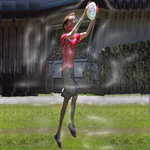 Neurologists have demonstrated plasticity in the spatial sense of self, or body-image. Not only are the ‘phantom limbs’ of amputees somewhat malleable, under special circumstances (and also remarkably intractable under others), but we can be induced to perceive a detached rubber hand, lying on a table, as our own hand, and even to feel that the table-top itself is part of our own body. But how plastic, if at all, are our ideas of ourselves extended into the future and the past?
Neurologists have demonstrated plasticity in the spatial sense of self, or body-image. Not only are the ‘phantom limbs’ of amputees somewhat malleable, under special circumstances (and also remarkably intractable under others), but we can be induced to perceive a detached rubber hand, lying on a table, as our own hand, and even to feel that the table-top itself is part of our own body. But how plastic, if at all, are our ideas of ourselves extended into the future and the past?
Published in 1970, Bernard Williams’ “The Self and the Future” is one of the seminal papers that gave rise to the contemporary philosophical debate on personal identity. Williams presents two series of thought-experiments, which lead his own intuitions in opposite directions on the question whether a future person, described as having a certain relationship to his present self, would be himself or someone else. One set of cases tends to persuade him that what matters in personal identity – the relation that makes us the same person over time – is psychological continuity. The other set of cases makes him think that bodily continuity is more important. Williams reports being left “not in the least clear” which is right.
Williams presents this as a philosophical problem. I suggest it is more fruitfully regarded as an experimental result – a single data-point in a psychological experiment, with Williams as both subject and experimenter. If repeated with a larger, and less contaminated, sample population, such an experiment could shed the light of empirical research on the question with which I opened this post. I hope someone will undertake such a study, which could lead in interesting directions. Continue reading “The Plastic Self”

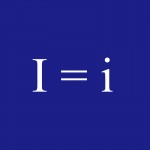
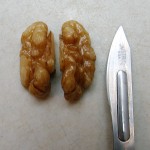 Part Three of
Part Three of 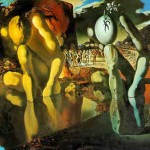 In the
In the 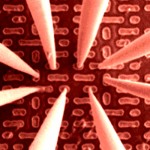 All that’s needed to make a case for radical reform of the idea of self is a thought-experiment with a clear and compelling outcome. However, the world is full of people who pay no attention to thought-experiments, however revealing they may be in exposing inconsistencies in everyday ideas, because thought-experiments aren’t ‘real’. These are people from Missouri, as the saying goes, who demand to be shown. And I have nothing to show, yet.
All that’s needed to make a case for radical reform of the idea of self is a thought-experiment with a clear and compelling outcome. However, the world is full of people who pay no attention to thought-experiments, however revealing they may be in exposing inconsistencies in everyday ideas, because thought-experiments aren’t ‘real’. These are people from Missouri, as the saying goes, who demand to be shown. And I have nothing to show, yet.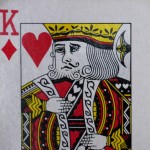 In recent weeks, I have been devouring
In recent weeks, I have been devouring